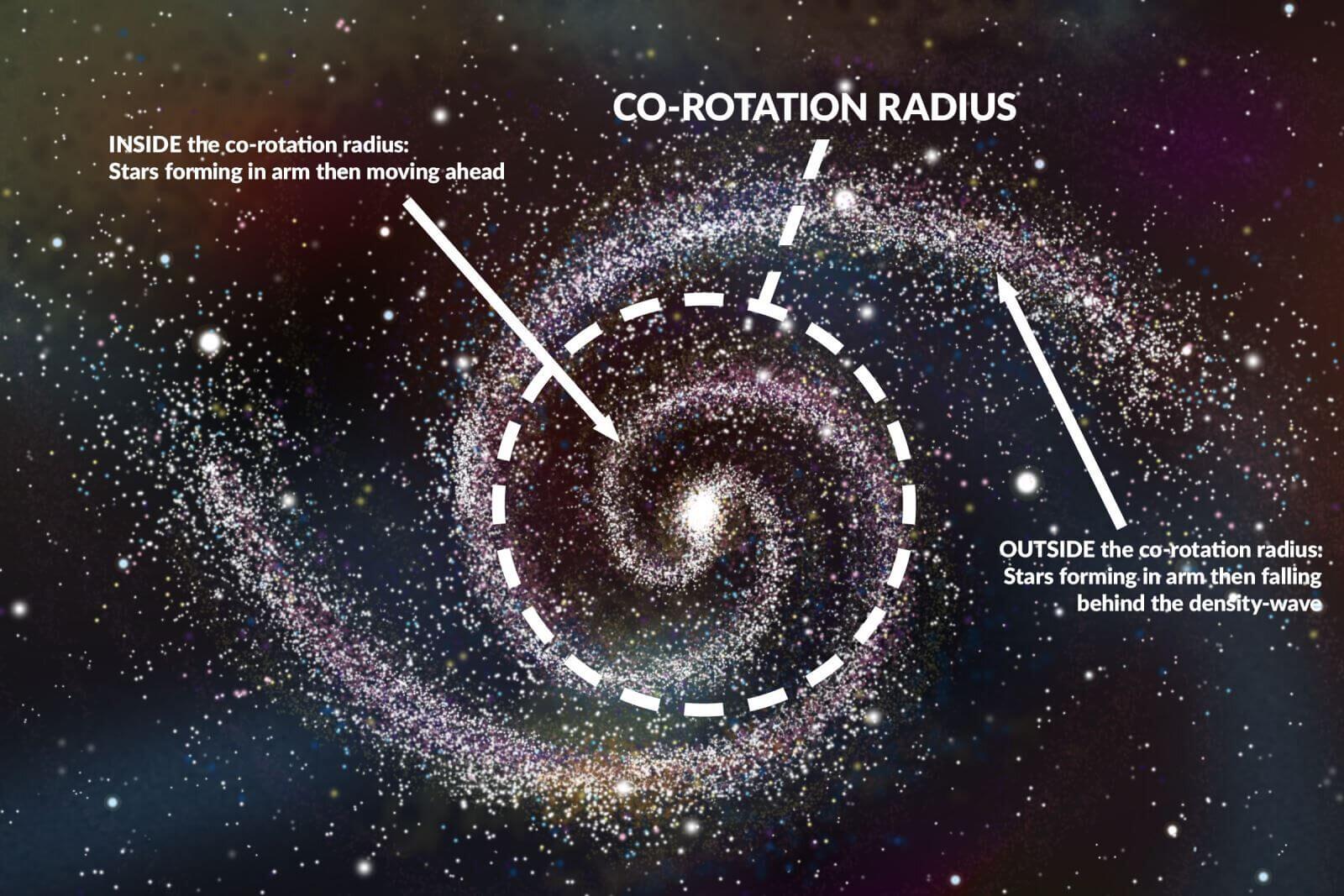Disk galaxies, such as the Milky Way, are characterized by a flattened disk of stars and gas (often with a central convexity of the material), a wide range of masses, spatial dimensions and stellar content. But they all have a striking similarity. The most notable is the fact that the star formation rate closely correlates with the gas filling of the galaxy, the motion of the gas (velocity dispersion) and the dynamic lifetime (the time allotted for galactic rotation).
It is also surprising that this universal indicator is incredibly small: about 1% of the gas in disk galaxies turns into stars over this time frame, with most of the activity concentrated in the central regions of galaxies. Most simple stellar birth models predict that gravity should be more efficient at creating stars in the process of compressing gas in molecular clouds. Observations show that both correlation and inefficiency spread up to the scale of individual molecular clouds.
The researchers managed to develop a new unified model for disk galaxies, which explains these and some other phenomena. Scientists show that the correlation of the speed of stellar birth with the motion of the gas is not caused by these movements, but rather is the result of the transfer of material in the galaxy. The model maintains a state of equilibrium of the gas and the ultimate gravitational stability, including radial transfer of gas to the core and turbulent feedback from star formation. In principle, these two considerations are simple, but lead to a dramatic improvement in the agreement between observations and theory.
Astrophysicists have made an important step towards finding out the mysterious mechanism by which disk galaxies maintain the shape of their spiral arms. Their findings are in favor of the hypothesis that these spiral arms are formed as a result of the action of density waves, creating a spiral pattern during propagation throughout the galaxy.
Disk galaxies, to which our Milky Way galaxy belongs, make up 70 percent of all known galaxies. They are characterized by the presence of spiral arms, however, astronomers are still unaware of the reasons for their formation and their preservation of form for a long time.
This scientific problem can be illustrated as follows. The stars in a disk galaxy revolve around a central compaction called the bulge, while the stars located closer to the center move faster than the stars located at the edge of the disk. However, if the spiral arms would consist of fixed groups of stars, the stars located at the edge of the disk would have to travel a greater distance than the stars located in the middle in order to keep the spiral structure unchanged. That is, these stars would have to move faster than the stars located at the edge of the disk in order to remain in the group.
In the 1960s Scientists have proposed the hypothesis of density waves to explain this paradox. According to this hypothesis, density waves move through the galaxy, through which, in turn, moving stars pass through the galaxy. When approaching a zone of increased density, the stars slow down as if cars approaching a long road “traffic jam”, while the front stars leave the traffic jam.
In a new study, astronomers led by Ryan Miller, visiting professor of physics at the University of Arkansas, found confirmation of the density wave hypothesis, observing stars “behind” the movement of spiral density waves, and stars overtaking the movement of these waves. The authors analyzed images from the NASA / IPAC Extragalactic Database and found that stars of the same age form separate groups (mini-spiral arms). The position of these groups of stars exactly corresponded to the forecasts made on the basis of the density wave hypothesis.
Disk galaxies
Click To Tweet
The post Disk galaxies appeared first on Upcosmos.com.
